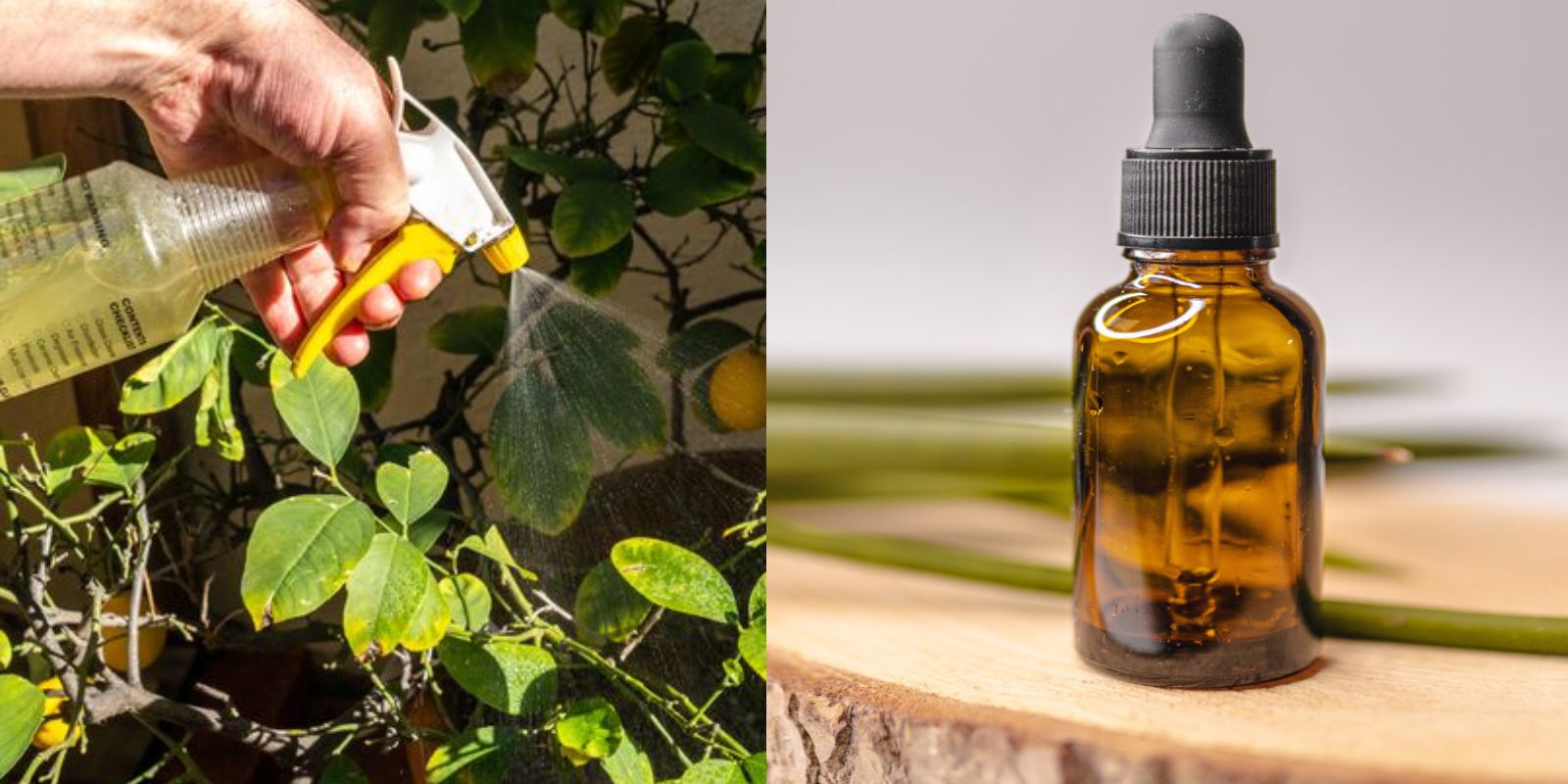Introduction
Gardening can be a labor of love, but it often comes with its challenges, particularly when it comes to pest control. Many gardeners seek natural solutions to protect their plants without resorting to harsh chemicals. One such solution is neem oil, a powerful natural pesticide derived from the seeds of the neem tree (Azadirachta indica). Renowned for its effectiveness against various garden pests, neem oil not only acts as an insecticide but also serves as a fungicide and miticide. However, to fully harness its benefits, it’s essential to emulsify neem oil properly before application. In this article, we’ll explore the properties of neem oil, the importance of emulsification, and a step-by-step guide to creating a safe garden pest spray.
What is Neem Oil?
Neem oil is extracted from the seeds of the neem tree, native to India and other parts of Asia. It contains compounds like azadirachtin, which disrupt the life cycle of pests by inhibiting their ability to feed, grow, and reproduce. Neem oil is effective against a wide range of pests, including aphids, spider mites, whiteflies, and various caterpillars. Additionally, it has antifungal properties, making it useful for preventing and treating diseases like powdery mildew and root rot.
Why Emulsification Matters
Neem oil is hydrophobic, meaning it does not mix well with water on its own. When diluted with water, the oil tends to separate, reducing its effectiveness. Emulsification is the process of mixing oil with water, typically using an emulsifying agent, such as liquid soap. By properly emulsifying neem oil, you ensure a stable mixture that can effectively coat the leaves and stems of plants, providing better coverage and pest control.
Benefits of Using Neem Oil
- Natural and Organic: Neem oil is a plant-based product, making it an excellent choice for organic gardening. It is safe for beneficial insects, such as bees and ladybugs, when used correctly.
- Multi-Purpose: Beyond insect control, neem oil helps prevent fungal diseases and promotes overall plant health.
- Less Harmful Residue: Unlike synthetic pesticides, neem oil breaks down quickly in the environment, leaving minimal harmful residues.
- Cost-Effective: Neem oil is relatively inexpensive compared to commercial pesticides and can be easily sourced from garden centers or online.
- Versatile Use: Neem oil can be used on a variety of plants, including vegetables, fruits, and ornamental plants.
Step-by-Step Guide to Emulsifying Neem Oil
Step 1: Gather Your Materials
To create a neem oil spray, you’ll need the following items:
- Neem oil (cold-pressed is recommended for maximum potency)
- Liquid soap (castile soap or a mild dish soap)
- Water
- Spray bottle or garden sprayer
- Measuring cups and spoons
- Mixing container (bowl or jar)
Step 2: Measure the Ingredients
For a basic neem oil spray, the recommended ratio is:
- 1-2 tablespoons of neem oil for every 1 quart (4 cups) of water.
- 1-2 teaspoons of liquid soap to help emulsify the oil.
Step 3: Mix the Ingredients
- In your mixing container, combine the measured neem oil and liquid soap.
- Use a whisk or a fork to mix them thoroughly until the mixture becomes creamy and well blended. This step is crucial for creating an emulsion.
Step 4: Slowly Add Water
- Gradually add the water to the neem oil and soap mixture while continuously stirring.
- This process ensures that the oil is evenly distributed throughout the water, preventing separation.
Step 5: Transfer to a Spray Bottle
- Pour the emulsified neem oil mixture into a spray bottle or garden sprayer. Use a funnel if necessary to avoid spills.
- If you’re using a larger container, ensure it’s well-labeled to prevent confusion.
Step 6: Shake Well Before Use
Before applying the spray, always shake the bottle vigorously. This step ensures that the neem oil remains emulsified and evenly distributed in the solution.
Step 7: Apply the Spray
- Choose a time for application when the sun isn’t at its peak, preferably in the early morning or late afternoon. This timing helps prevent leaf burn.
- Spray the neem oil solution directly on affected plants, focusing on the undersides of leaves where pests often hide. Ensure thorough coverage for maximum effectiveness.
Step 8: Store Properly
Any unused neem oil spray can be stored in a cool, dark place. It’s best to use the mixture within a month to maintain its potency. Shake well before each use to ensure proper emulsification.
Tips for Using Neem Oil Safely and Effectively
- Test on a Small Area First: Before applying neem oil to your entire garden, test it on a small section of your plants to check for any adverse reactions.
- Avoid Overuse: While neem oil is safe for most plants, excessive application can lead to leaf burn or other issues. Stick to the recommended dilution ratios.
- Use in Combination: Neem oil can be combined with other organic gardening practices, such as companion planting and crop rotation, for comprehensive pest management.
- Monitor Weather Conditions: Avoid applying neem oil before heavy rain, as it may wash away and reduce its effectiveness.
- Consider Timing: Use neem oil during the active growing season when pests are most prevalent, and plants are thriving.
Conclusion
Emulsifying neem oil and using it as a natural pesticide can significantly improve the health of your garden. By following the steps outlined in this guide, you can create a safe, effective pest spray that protects your plants while minimizing environmental impact. Remember that gardening is a journey, and with patience and the right techniques, you can cultivate a thriving, pest-free garden. Embrace the power of neem oil and watch your plants flourish! 🌱✨ #NeemOil #OrganicGardening #PestControl #SustainableGardening #HealthyPlants #GardenTips

